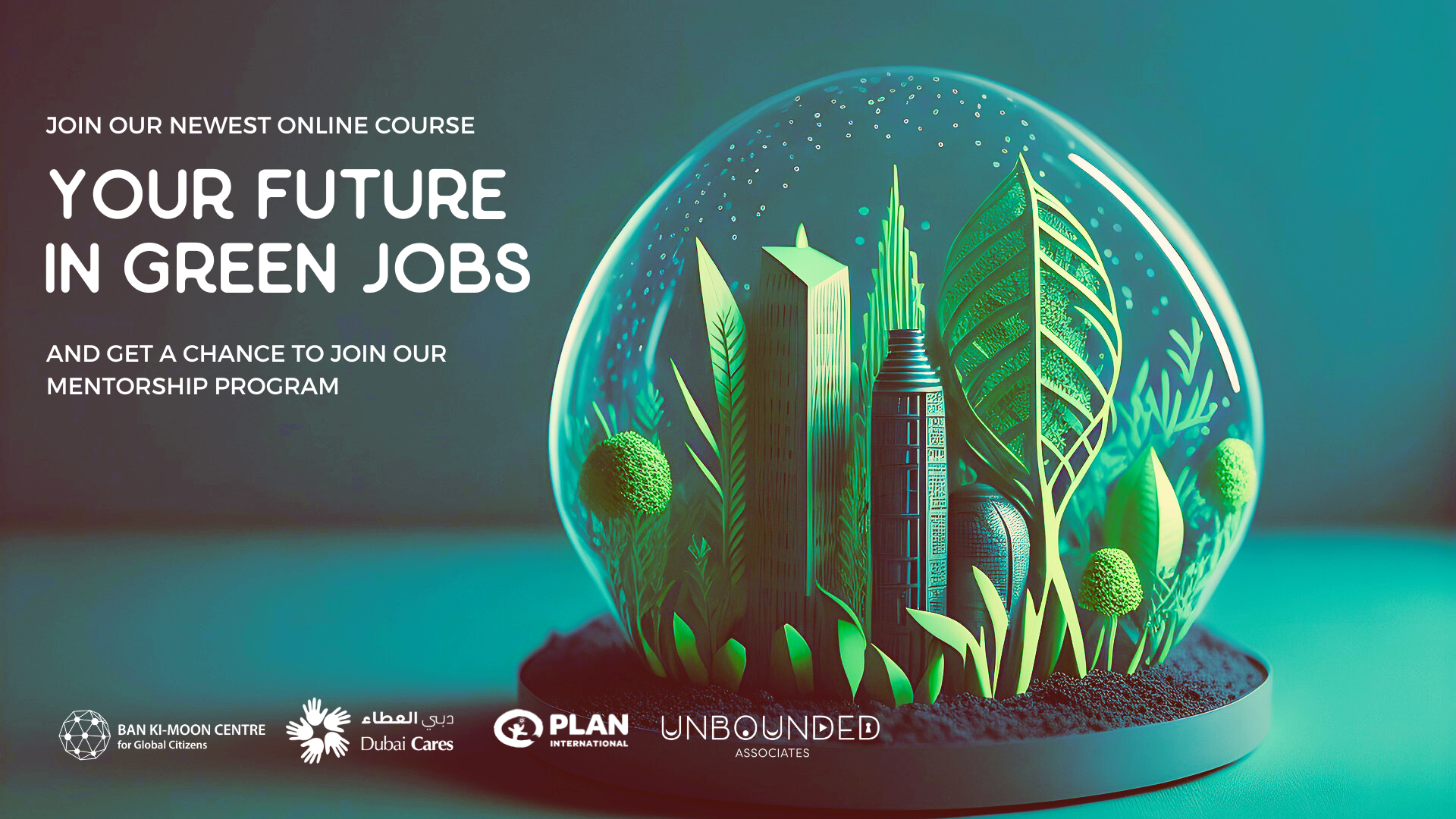Journal of Allergy and Clinical Immunology: In Practice, Volume 13, April 2025
Journal of Allergy and Clinical Immunology: In Practice, Volume 13, April 2025
Journal of Allergy and Clinical Immunology: In Practice, Volume 13, April 2025
Journal of Allergy and Clinical Immunology: In Practice, Volume 13, April 2025
Trends in Plant Science, Volume 30, April 2025
Patterns, Volume 6, 11 April 2025
Supported by Dubai Cares and together with Unbounded Associates and Plan International, the Ban Ki-moon Centre presents the “Your Future in Green Jobs” Online Course and Mentorship. Designed for people of 14-20 years old, this course aims to empower youth to connect their passion, interests, and skills with meaningful careers that address climate change head-on.
The program has two key components:

